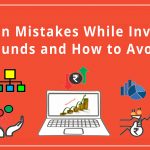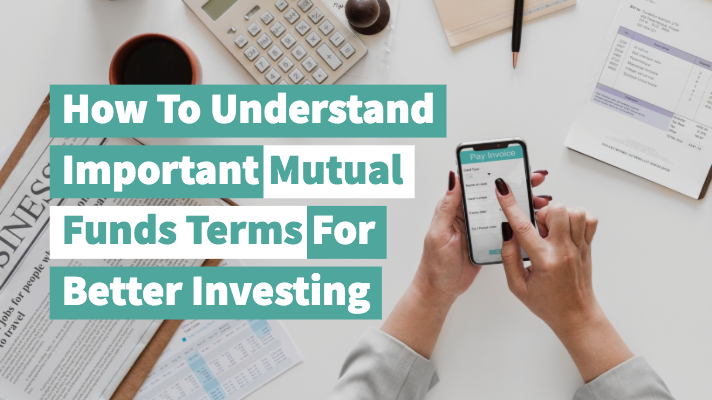Published : July 27, 2017

Gosh!!!
It’s March again.
Scary huh.
Scary? Buy Why? What so new in the month of March? It comes every year after February.
Don’t get me wrong. Ask any salaried class. She/he will explain why March used to be scary.
The season for filing annual tax returns!!
Along with this, salaried employees in India having the gross annual salary above Rs.2.5 lac are required to furnish tax saving investments details for FY 2015-16 to their respective HR department in order to avail tax deductions benefit under various sections of the Income Tax Act, 1961.
There is the various alternative choice available to an individual investor relating to instruments for tax saving investments and it is always wise to plan in advance for such savings. However, the problem lies with most of us is that of the choice. Choosing instruments that save tax and giving high returns with the capacity of beating inflation is a challenge for all of us. The present article deals with such challenge and suggests for two investment options.
Thus, to mitigate this challenge, let’s consider these two investment options that may help in saving tax and generate good returns –
Equity Linked Savings Schemes (ELSS)
Unit-Linked Insurance Plans (ULIPs)
These two investment options serve tax saving with income
Equity Linked Savings Schemes popularly known as ELSS are among the various alternative wealth creation instruments which save taxes as well.
There are a little over 100 ELSS mutual funds operational as in March 2017. Fourteen ELSS funds are such which have an AUM (asset under management) of over rupees one thousand crores. Twenty-nine schemes have AUM in between rupees one hundred crore and one thousand crores. Remaining sixty-eight schemes have AUM of less than rupees one hundred crores. Please note that AUM figure is that of December 2016.
While coming to the performance, forty-seven schemes had delivered over 20% return in 3 years period while thirty-three schemes managed to deliver returns in between 15% and 20% during the same period. In the last two years, only five schemes had registered a return of 15% and above while ten schemes in between 10% and 15% during the same period.
You can find the detailed list of all ELSS mutual fund schemes here.
ELSS mutual funds – March 2017
Also, you can do your own research on any of the mutual funds here.
Do your own mutual funds research
The ULIP list is long. Really long. So I prepared a list of under four head namely, insurance plan focused on long-term bond, short-term bonds, large-cap equity and small and mid-cap equity.
You can find the detailed list of all ULIP plan here.
Also, you can do your own research on any of the insurance plan here.
Do your own insurance plan research

Enjoy flexible trading limits at
lowest brokerage rates ?
Open Your Investments Account Now
0Account Opening Charges
Life Time Demat AMC
Brokerage







Ensure the security of your investments by updating your nominee details in your trading & demat account online. It’s quick and hassle-free!
📌 Act Now to Stay Compliant
For assistance, contact our Customer Care at 0562‑4266666 and email askus@rmoneyindia.com.

IT'S TIME TO HAVE SOME FUN!
Your family deserves this time more than we do.
Share happiness with your family today & come back soon. We will be right here.
Investment to ek bahana hai,
humein to khushiyon ko badhana hai.
E-mail
askus@rmoneyindia.com
Customer Care
+91-9568654321